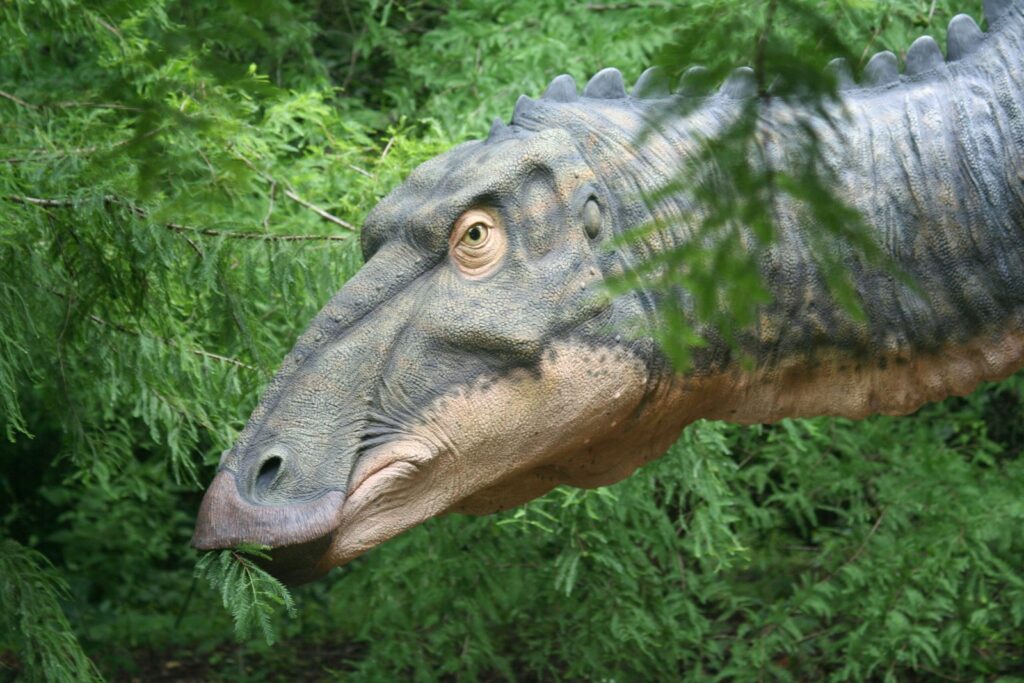The prehistoric world holds countless mysteries, many of which paleontologists piece together through traditional fossils like bones and teeth. However, some of the most revealing insights about ancient life come from a less glamorous source: fossilized feces, scientifically known as coprolites. These remarkable prehistoric droppings serve as time capsules, preserving intimate details about dinosaur diets, digestive processes, and ecological relationships that would otherwise remain unknown. Unlike skeletal remains, coprolites offer direct evidence of what these magnificent creatures consumed and how they interacted with their environment. Through careful analysis of these paleontological treasures, scientists continue to uncover fascinating stories about dinosaur meals, painting an increasingly detailed picture of life in the Mesozoic Era.
The Science of Coprolites: From Dung to Stone

Coprolites form through a remarkable preservation process that begins immediately after excretion. For fossilization to occur, the fecal matter must be rapidly buried in sediment, protecting it from decomposition and scavengers. Over time, minerals like silica, calcium carbonate, and iron phosphate gradually replace the original organic material through a process called permineralization. This mineral replacement preserves the three-dimensional structure and sometimes even the internal content of the dropping. The transformation from dung to stone requires specific environmental conditions, which explains why coprolites are relatively rare compared to skeletal fossils. Scientists can determine the age of coprolites using the same stratigraphic methods applied to other fossils, placing them within the geological timeline and associating them with particular dinosaur species and ecosystems.
Historical Discovery: When Scientists First Recognized Fossilized Feces
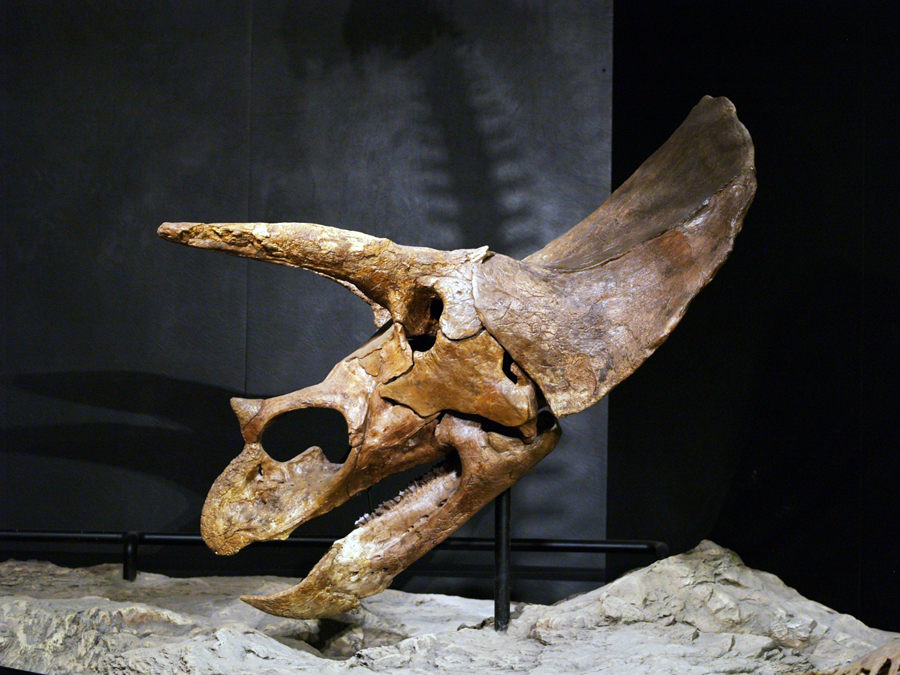
The scientific recognition of coprolites dates back to the early 19th century, when British geologist William Buckland first identified these curious stone formations as fossilized feces in 1829. Prior to Buckland’s insight, these fossils were often misidentified as unusual mineral formations or coprolite-shaped rocks called “bezoar stones.” Buckland’s breakthrough came while studying spiral-shaped fossils found in Jurassic-aged rocks in Gloucestershire, England. By comparing these structures to the droppings of modern fish, he concluded they were fossilized fish feces. This realization opened an entirely new field of paleontological study. Throughout the Victorian era, coprolite collecting became surprisingly popular, with the fossils valued not only for scientific study but also as fertilizer due to their high phosphate content. Today, Buckland is credited with founding the field of paleocoprology—the scientific study of fossil excrement.
Identifying the Source: Matching Coprolites to Dinosaur Species
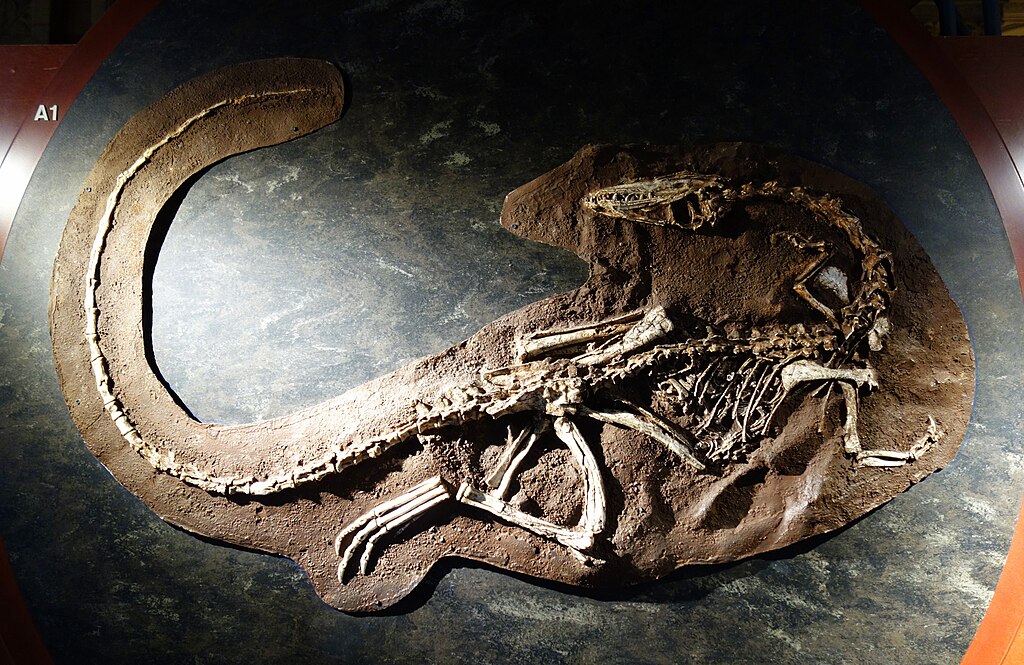
Determining which dinosaur species produced a particular coprolite presents significant challenges for paleontologists. Size provides initial clues, as larger coprolites likely came from bigger dinosaurs, though this isn’t always reliable. Scientists examine the coprolite’s morphology—its shape, structure, and composition—comparing it to the droppings of modern animals with similar digestive systems. The location of discovery offers contextual evidence, especially when coprolites are found near skeletal remains of a particular species. In rare cases, distinctive tooth marks or bone fragments contained within the coprolite can be matched to specific dinosaur dentition. The most definitive identification comes from analyzing the contents of the coprolite for undigested material that correlates with known feeding behaviors of certain species. Through these combined approaches, paleontologists can often make educated attributions, though absolute certainty remains elusive for many specimens.
T. Rex’s Table: What Carnivorous Dinosaur Coprolites Reveal
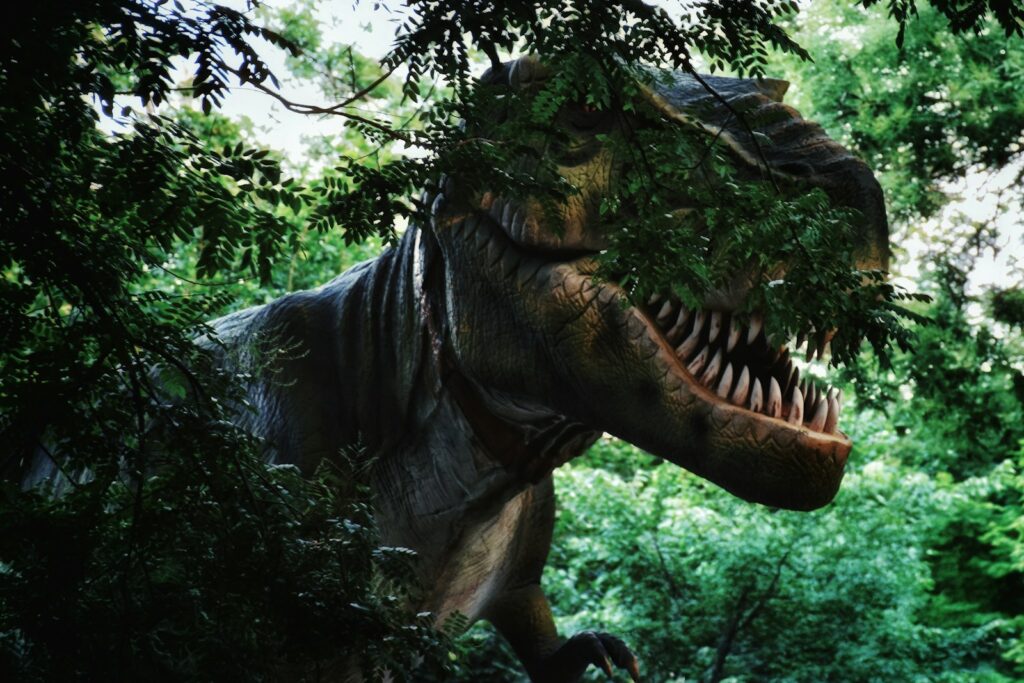
Coprolites from carnivorous dinosaurs like Tyrannosaurus rex offer extraordinary insights into the hunting and feeding behaviors of these apex predators. One famous specimen, discovered in Saskatchewan, Canada, contained partially digested fragments of Triceratops bone, confirming that T. rex didn’t merely scavenge but actively preyed on other large dinosaurs. Analysis of bone fragments within carnivore coprolites reveals distinctive patterns of acid etching, indicating powerful digestive systems capable of breaking down bone. The size and quantity of bone fragments suggest that carnivorous dinosaurs, unlike many modern predators, didn’t typically consume their prey whole but instead tore chunks from carcasses. Interestingly, some theropod coprolites contain surprisingly high percentages of crushed bone, suggesting these dinosaurs may have deliberately consumed bone for its calcium content, similar to modern spotted hyenas. These dietary insights help paleontologists reconstruct predator-prey relationships and understand the complex food webs of Mesozoic ecosystems.
Plant-Based Diets: Herbivorous Dinosaur Eating Habits

Coprolites from herbivorous dinosaurs provide a direct window into prehistoric plant communities and the specialized feeding strategies of different dinosaur lineages. Analysis of plant fragments preserved in sauropod coprolites reveals they consumed primarily conifer needles, ginkgo leaves, and various ferns, with minimal processing before swallowing. This suggests these massive dinosaurs relied on gut fermentation rather than thorough chewing to extract nutrients. In contrast, hadrosaur (duck-billed dinosaur) coprolites contain finely ground plant material, confirming their sophisticated dental batteries effectively processed tough vegetation before digestion. Stegosaur and ankylosaur droppings often contain specific plant types, indicating dietary specialization rather than indiscriminate feeding. Microscopic examination of herbivore coprolites has revealed pollen grains and phytoliths (microscopic silica structures in plant tissues), allowing scientists to identify specific plant species that no longer exist. These findings help reconstruct ancient landscapes and understand how different herbivorous dinosaurs coexisted by partitioning food resources.
Size Matters: What Coprolite Dimensions Tell Us
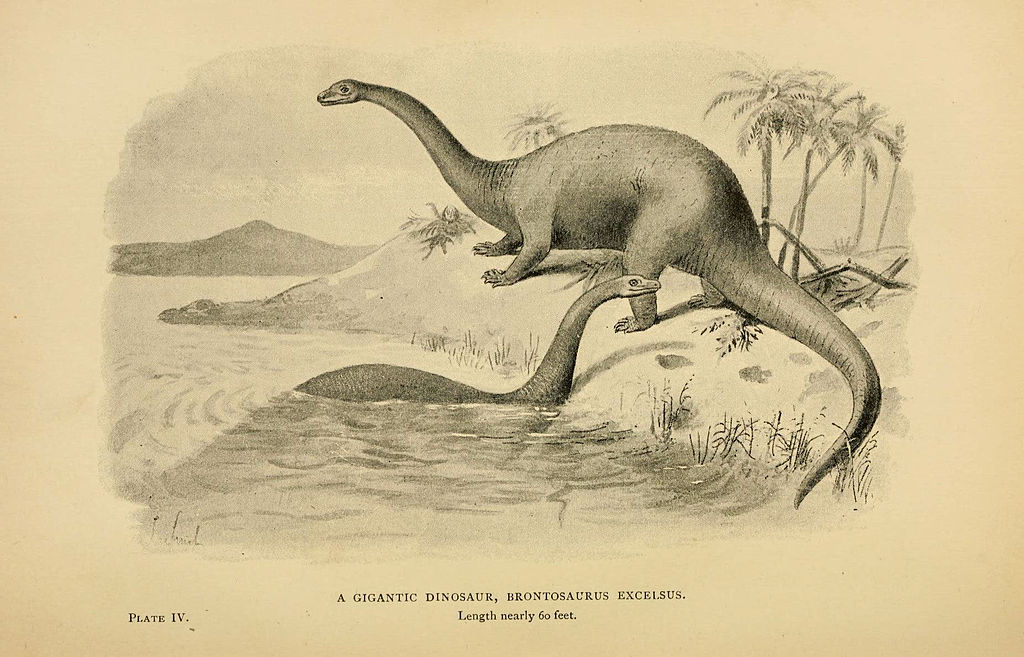
The dimensions of dinosaur coprolites provide valuable insights into the physical characteristics and digestive capacities of different species. The largest verified dinosaur coprolite, discovered in Saskatchewan, Canada, measures an impressive 17 inches long and is attributed to a large tyrannosaur, likely T. rex. Such massive droppings correspond to the enormous body size of the animal and its substantial food intake. Coprolite volume can be used to estimate the quantity of food processed by different dinosaur species, with sauropod coprolites suggesting these giants consumed hundreds of pounds of vegetation daily. The cross-sectional shape of coprolites often reflects the anatomy of the dinosaur’s cloaca (the common opening for digestive, urinary, and reproductive tracts), providing insights into soft tissue structures rarely preserved in the fossil record. Researchers have also noted correlations between coprolite density and dinosaur digestive efficiency, with more compressed specimens indicating longer retention times and more thorough nutrient extraction.
Chemical Composition: Modern Analysis Techniques
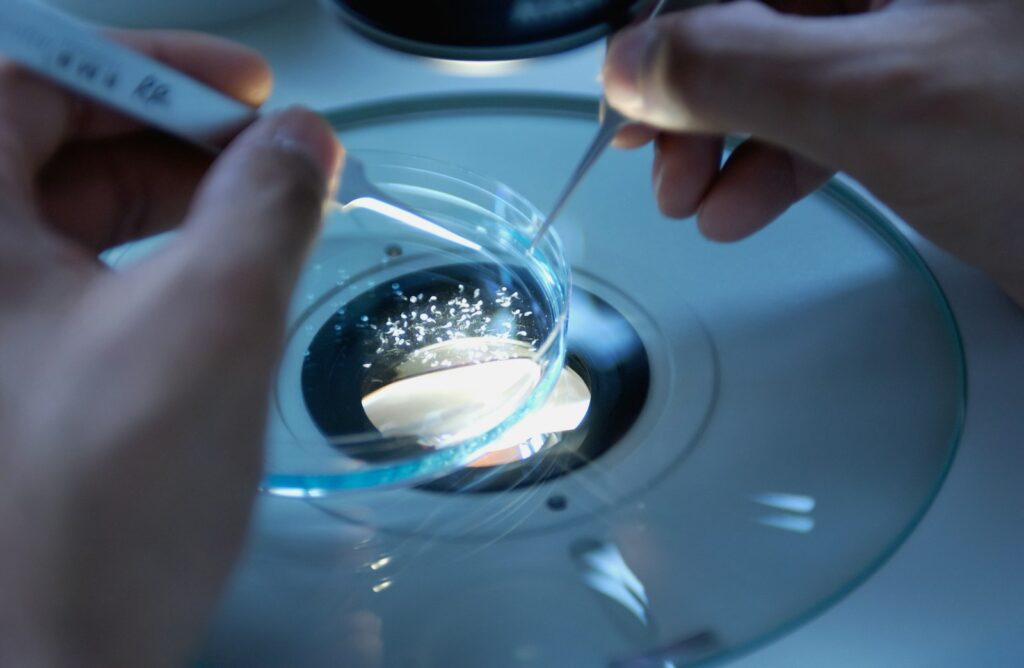
Advanced analytical techniques have revolutionized the study of coprolites, allowing scientists to extract molecular information from these fossilized remnants. Mass spectrometry can identify specific chemical compounds that survived the fossilization process, including bile acids and cholesterol derivatives that serve as biomarkers for different animal groups. X-ray fluorescence (XRF) scanning reveals the elemental composition of coprolites, providing clues about the dinosaur’s diet and environment. Sophisticated imaging technologies like CT (computed tomography) scanning enable non-destructive three-dimensional visualization of coprolite contents, revealing internal structures and inclusions not visible from the exterior. Stable isotope analysis of carbon, nitrogen, and other elements within coprolites helps reconstruct food webs and trophic relationships in prehistoric ecosystems. Perhaps most exciting is the potential to extract ancient DNA from relatively young coprolites, though successful DNA retrieval from Mesozoic specimens remains challenging due to the degradation of genetic material over such vast time periods.
Parasites and Health: Evidence of Dinosaur Diseases

Coprolites serve as time capsules for prehistoric pathogens, preserving evidence of parasites that infected dinosaurs millions of years ago. Microscopic examination has revealed fossilized eggs and cysts from various intestinal parasites, including ancient nematodes (roundworms) and trematodes (flukes) that plagued dinosaur populations. One notable discovery in a Cretaceous-period coprolite identified protozoan parasites similar to modern Giardia, suggesting dinosaurs suffered from digestive ailments comparable to those affecting animals today. Parasite diversity within coprolites indicates some dinosaurs carried multiple infections simultaneously, potentially impacting their health and behavior. The presence of specific parasites in certain dinosaur species but not others suggests host specialization evolved early in parasite-host relationships. By comparing parasite types across different dinosaur coprolites, paleontologists can trace the evolutionary history of these infectious organisms and understand how they may have influenced dinosaur population dynamics and even extinction events through disease pressure.
Unexpected Findings: Surprising Contents in Dinosaur Droppings
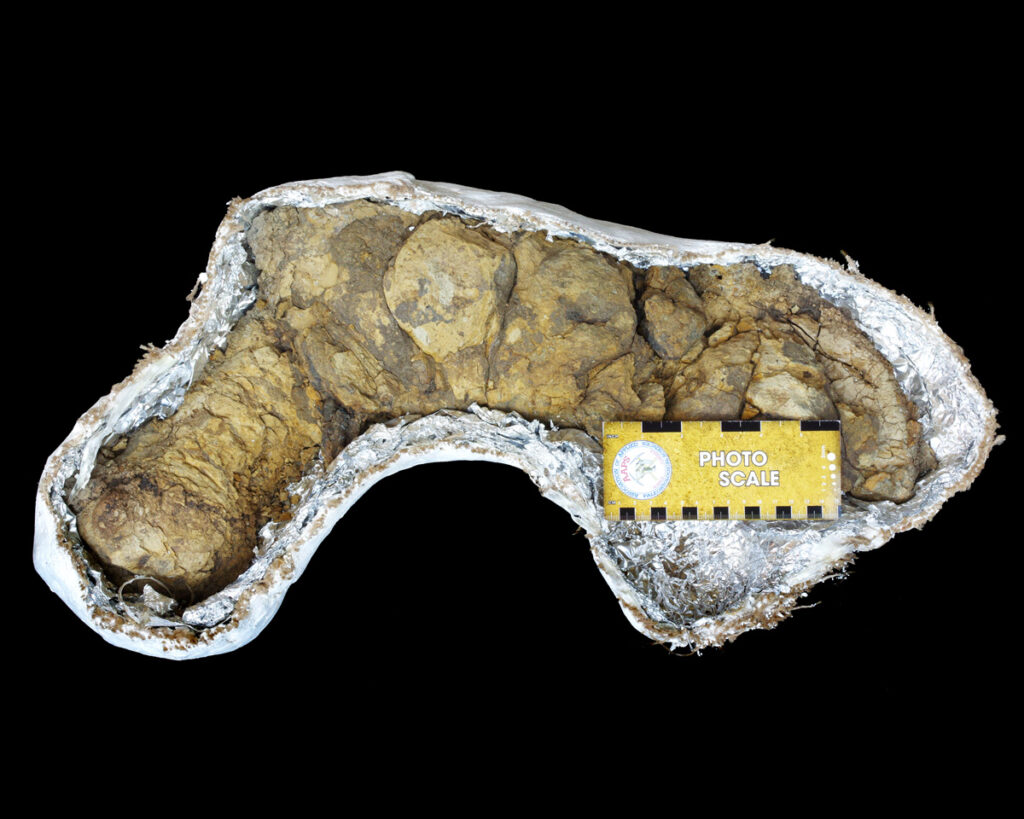
Coprolite analysis has yielded numerous unexpected discoveries that challenge established views of dinosaur behavior and ecology. Carnivore coprolites occasionally contain plant material, suggesting even dedicated meat-eaters like tyrannosaurs may have consumed vegetation either deliberately or incidentally during feeding. Conversely, herbivore droppings sometimes contain insect remains, indicating opportunistic omnivory or accidental ingestion of insects along with plants. One remarkable tyrannosaur coprolite contained partially digested parasitic worms, revealing a complex food web where parasites themselves became food when predators consumed infected prey. The discovery of marine organisms in terrestrial dinosaur coprolites provides evidence of coastal feeding behaviors, where dinosaurs consumed washed-up sea creatures. Perhaps most surprising are the occasional mammal remains found in theropod coprolites, confirming that early mammals were indeed prey for certain dinosaurs despite their presumed nocturnal, hidden lifestyles. These unexpected findings continually reshape our understanding of dinosaur ecological relationships and behavioral flexibility.
Ecological Insights: Reconstructing Ancient Food Webs

Coprolites provide critical evidence for reconstructing complex ecological relationships in prehistoric environments. By analyzing multiple coprolites from different species within the same geological formation, scientists can map intricate food webs and understand how energy flowed through ancient ecosystems. The presence of certain plant pollens in herbivore coprolites, for instance, reveals not only what they ate but also which plants coexisted in specific habitats and seasons. Predator coprolites containing bones from multiple prey species help establish predator-prey dynamics and hunting patterns. Interestingly, some coprolites contain evidence of secondary consumption—predators eating herbivores that had recently fed, preserving a three-link food chain in a single specimen. The geographic distribution of similar coprolites helps delineate the ranges of particular dinosaur species and identify ecological boundaries. By combining coprolite data with other fossil evidence, paleontologists can create increasingly detailed models of Mesozoic ecosystems, understanding not just what ate what, but how these relationships shaped evolutionary trajectories and community structures.
Environmental Clues: How Coprolites Inform Paleoclimate Research
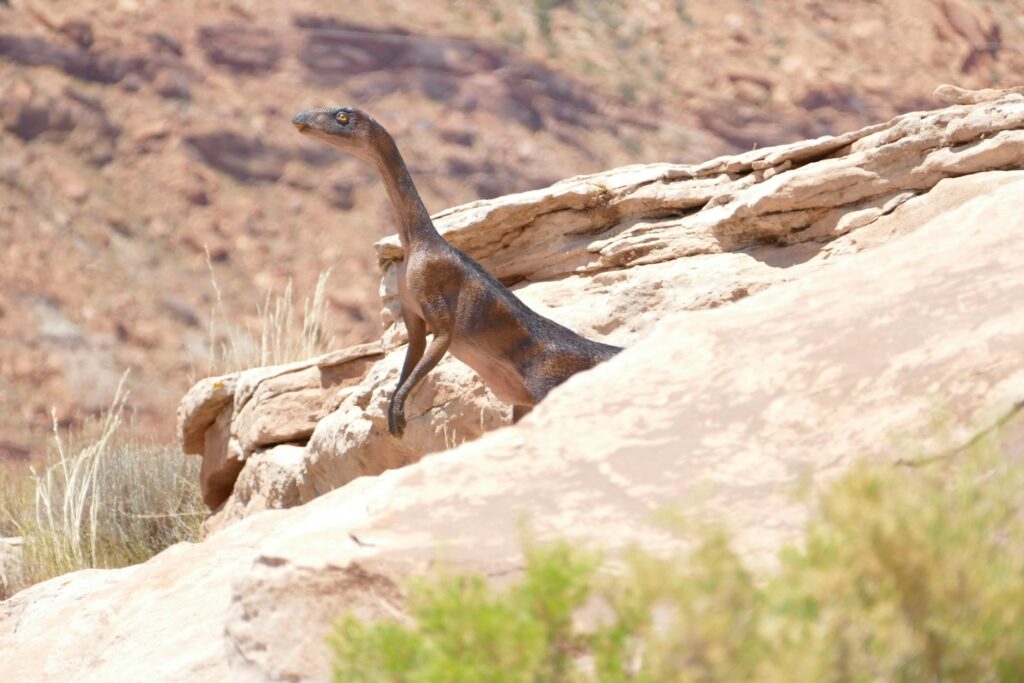
Beyond dietary information, coprolites preserve valuable environmental data that helps scientists reconstruct prehistoric climates and habitats. Plant remains within herbivore coprolites reflect the local vegetation, which in turn was determined by climate conditions like temperature and rainfall patterns. Pollen preserved in coprolites serves as a particularly useful climate indicator, as different plant species thrive under specific environmental conditions. The mineral composition of coprolites can reflect soil chemistry and water availability in ancient environments. Seasonal variations sometimes appear as distinct layers within large coprolites, particularly from herbivorous dinosaurs, indicating dietary shifts as different plants became available throughout the year. Isotopic analysis of coprolite components provides temperature estimates and information about ancient rainfall patterns, as the ratio of certain isotopes varies with climate conditions. When integrated with other paleoclimate indicators, coprolite data helps create comprehensive pictures of Mesozoic environments, contributing to our understanding of how dinosaurs adapted to changing conditions over millions of years.
Collection and Preservation: How Scientists Study Coprolites

The scientific study of coprolites requires specialized collection techniques to preserve these delicate fossils. When discovered in the field, coprolites are carefully documented in their geological context, with detailed notes about their position, orientation, and associated fossils. Special hardening agents are often applied before removal to prevent crumbling, as many coprolites are more fragile than bone fossils. Laboratory preparation must balance the need to study internal contents against preserving the specimen, with some coprolites sectioned using diamond saws to reveal internal structures while others remain intact for external analysis. Non-destructive imaging techniques like CT scanning have become increasingly important, allowing scientists to visualize internal components without damaging the fossil. For chemical analysis, researchers typically take minimal samples from inconspicuous areas of the coprolite. Long-term preservation requires controlled environmental conditions, as coprolites can be susceptible to humidity fluctuations and physical damage. Major natural history museums around the world maintain coprolite collections, though these fossils are often underrepresented compared to skeletal remains despite their scientific value.
The Future of Coprolite Research: New Technologies and Possibilities

The field of coprolite research stands on the brink of revolutionary advances as emerging technologies promise to extract previously inaccessible information from these fossil treasures. Ancient protein analysis, or paleoproteomics, offers the potential to identify specific proteins that survived fossilization, potentially revealing more precise information about the coprolite producer than morphological analysis alone. Improvements in ancient DNA extraction and sequencing techniques may soon make it possible to recover genetic material from Mesozoic coprolites, though significant challenges remain. Artificial intelligence algorithms are being developed to analyze coprolite contents more efficiently, identifying microscopic components that might be overlooked in manual examination. Advanced synchrotron radiation techniques can now map the distribution of trace elements within coprolites at the molecular level, providing unprecedented details about diet and digestive processes. Virtual reality modeling based on coprolite data is allowing scientists to visualize ancient digestive systems and simulate how different foods were processed. As these technologies mature, coprolites will likely become even more valuable sources of information, continuing to transform our understanding of dinosaur biology and ecology in ways early paleontologists could never have imagined.
Conclusion
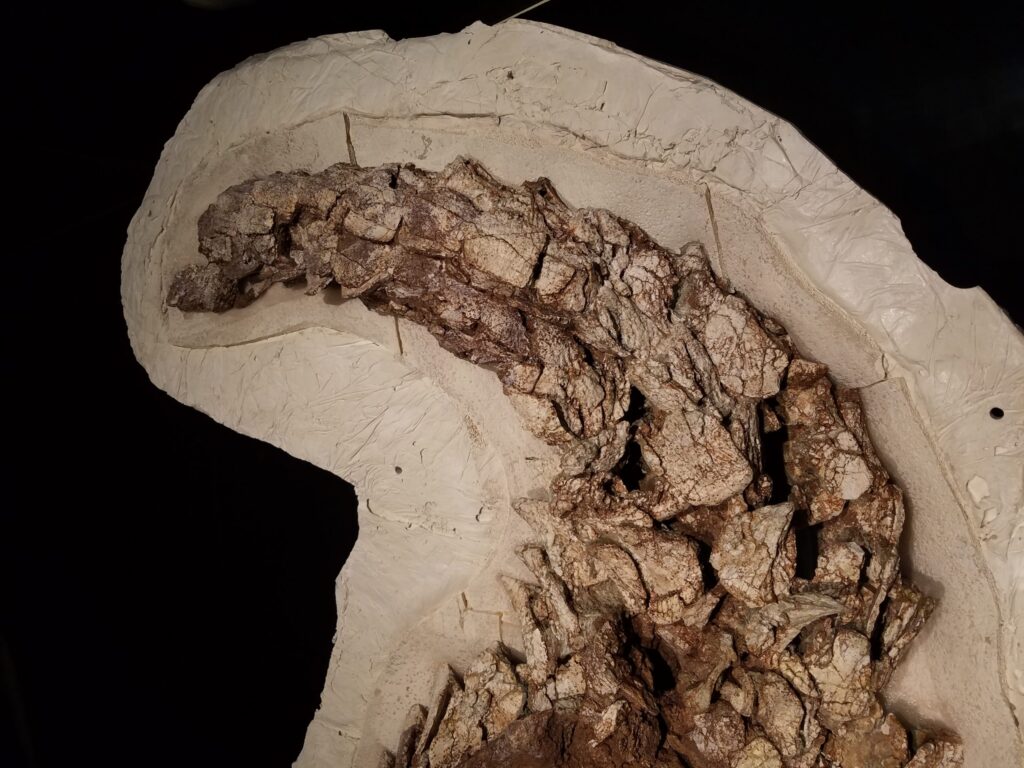
Fossilized feces may not be the most glamorous paleontological specimens, but they have proven to be among the most informative. From revealing the surprisingly varied diet of T. rex to documenting the parasites that plagued herbivorous giants, coprolites provide unparalleled insights into the daily lives of dinosaurs. As analysis techniques continue to advance, these humble fossils will undoubtedly yield even more secrets about the Mesozoic world. The study of coprolites reminds us that in paleontology, as in many scientific fields, sometimes the most significant discoveries come from the most unexpected sources. By literally examining the waste products of extinct creatures, scientists have enriched our understanding of prehistoric life, demonstrating that in the pursuit of knowledge about Earth’s fascinating past, no stone—or fossilized dropping—should be left unturned.



